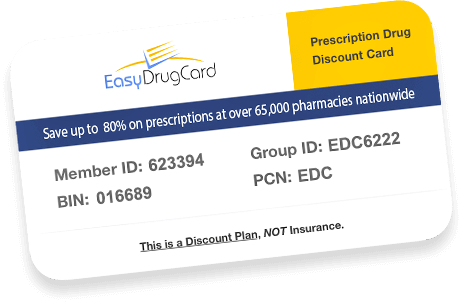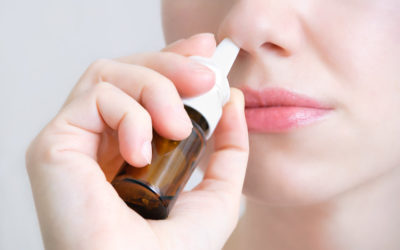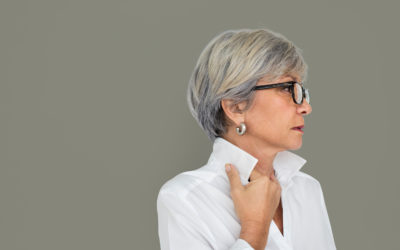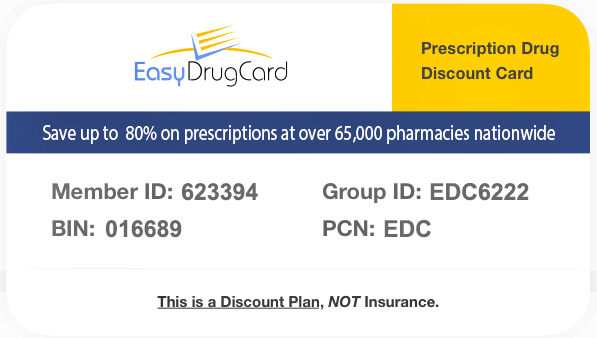Poison Ivy
By Dr. Chelsea Slyker, PharmD, MPH
As the weather gets warmer and more time is spent outdoors, it’s important to be aware of potential hazards that can quickly ruin fun activities like hiking and camping. Poison ivy (pictured below) is a plant found throughout North America that contains an oily substance called urushiol that can cause a rash when it comes in contact with skin. While it is best to avoid the plant to prevent a rash, that may not always be possible. Knowing what to do if you find yourself with a rash from poison ivy can save a lot of discomfort.
Signs and Symptoms of a Poison Ivy Rash
Most people are allergic to urushiol which means that most people who touch it will have a reaction to it. The rash typically appears 12-72 hours after contact, and it may appear in a streaky or linear pattern based on how it came in contact with the skin. There are a few signs to look out for including redness, swelling, and itching of the skin, and blisters that can appear on the affected area. These symptoms usually last one to three weeks and can range in severity. While the rash is not contagious, the oil can stay on skin and clothing and can be spread if not properly rinsed off.

Poison Ivy
Treating a Poison Ivy Rash
It is important to rinse the affected area as soon as you realize you have come in contact with poison ivy. Rinsing with soap and water is most effective within 20-30 minutes of contact since the oil is quickly absorbed into your skin. You should also remove and wash any clothing that may have urushiol on it. This will not always be possible as you may be outdoors and not have access to running water or may not notice you touched the plant.
Once the rash develops, you can only treat the symptoms until it goes away on its own. In most cases, over-the-counter treatments can be used. Some appropriate treatments include cool compresses on the affected area for 15 to 30 minutes at a time, topical treatments for itching such as calamine lotion or an oatmeal bath, and oral antihistamines such as Benadryl for itching and to help you sleep. Avoid scratching to prevent infection of the rash and blisters.
While most rashes are manageable at home, some may require a trip to the doctor’s office. Serious symptoms to look out for include:
- Fever over 100* F
- Pus from the rash
- Soft yellow scabs
- Rash spreading to eyes, mouth, or genital area
- Rash that doesn’t get better in a few weeks
For more information on identifying poison ivy and treating a rash, visit: https://www.webmd.com/allergies/treating-poison-ivy#1 or https://www.mayoclinic.org/diseases-conditions/poison-ivy/symptoms-causes/syc-20376485











